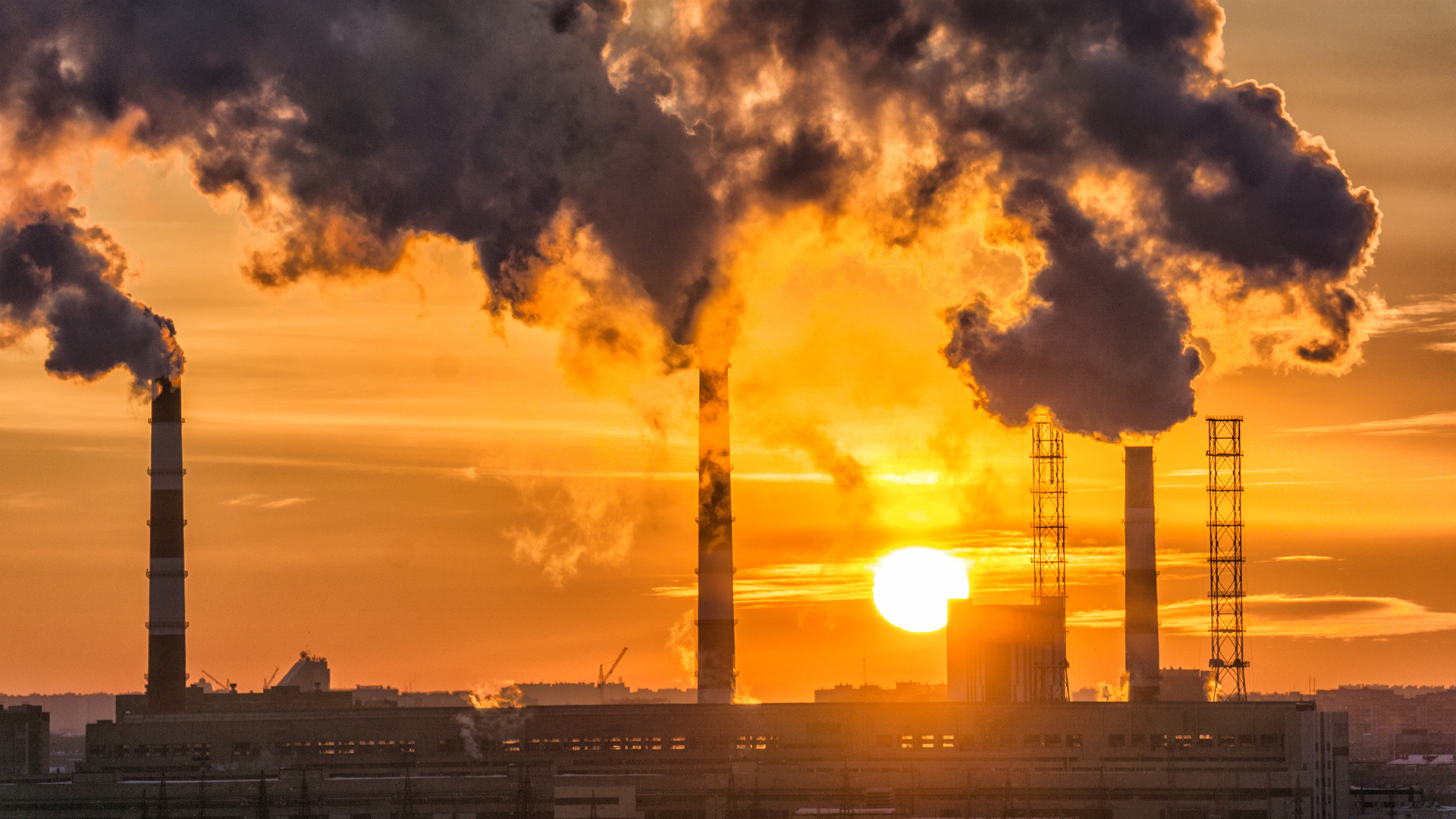Publication
The robots are coming … is insurance ready for AI?
The insurance industry is founded on predicting, as accurately as possible, whether or not a risk will materialise in a fast-moving competitive environment.


Canada | Publication | October 27, 2021
COP26’s emphasis on methane is likely to spur new technological innovation and opportunities in the Canadian oil and gas industry to reduce emissions at decreased costs.
The 2021 United Nations Climate Change Conference (COP26), hosted in Glasgow from October 31 - November 12, 2021, marks the 26th conference of the United Nations Framework on Climate Change and the third meeting of the member states party to the United Nations Framework Convention on Climate Change, 192 of whom are also parties to the Paris Agreement.
The Paris Agreement framework includes a ratchet mechanism, whereby each party is expected to advance supplemented nationally determined contributions to limit greenhouse gases every five years to ratchet up action against climate change. Since COVID-19 delayed the 2020 conference, COP26 will be the ratchet mechanism’s first iteration.
As a result, COP26 will see countries presenting their plans to cut emissions by 2030 to meet the pledge to keep global warming below 2 degrees Celsius above pre-industrial levels, and to aim for 1.5 degrees Celsius.
Methane, a potent greenhouse gas, is believed to be responsible for about half of the 1.1 degrees Celsius net rise in the global average temperature since the 1850s. It is the second biggest contributor to human-induced climate change, after carbon dioxide. Major sectoral sources of methane emissions include oil and gas, coal, agriculture, and landfills.
To combat methane emissions, the Global Methane Pledge (GMP) was announced by the United States and the European Union in September 2021. Countries that join the pledge commit to a collective goal to reduce methane emissions by at least 30% from 2020 levels by 2030. Canada has committed to the GMP and also announced an ambitious sectoral target to reduce methane emissions from oil and gas by at least 75% below 2012 levels by 2030. Canada’s pledge to the GMP revises Canada’s previous commitment, in 2016, to reduce methane emissions by 40-45% below 2012 levels by 2025.
A successful pledge means that global warming could be reduced by at least 0.2 degrees Celsius by 2050. There have been 24 signatories of the pledge thus far, including Canada, the United States, France, Germany, and Japan. Notably absent are some of largest emitters of methane, including China, Russia, Brazil and India. GMP supporters are hopeful that COP26 will inspire more countries to join and commit to significantly cut methane levels by the end of the decade.
The oil and gas industry is the largest sectoral emitter of methane in Canada, releasing 44% of total methane emissions within the country.
A federal regime governs methane emissions from the upstream oil and gas sector (90% of total oil and gas methane emissions or ~40% of total methane emissions) but is superseded by equivalent provincial regimes in Alberta, Saskatchewan and British Columbia. The federal regime is described in the Regulations Respecting the Reduction in the Release of Methane and Certain Volatile Organic Compounds (Upstream Oil and Gas Sector) (the Regulations).
Aimed at controlling methane emissions and reducing the amount of volatile organic compounds released, the Regulations apply generally to facilities handling significant volumes of oil or gas and cover key fugitive and venting emission sources in the upstream oil and gas sector. The Regulations require that facilities comply with these thresholds, by the date indicated:
The Regulations do not apply in Alberta, Saskatchewan or British Columbia as those jurisdictions have enacted equivalent legislation. That said, the federal government can terminate the orders granting equivalency to these provincial regimes on three months’ notice under the Canadian Environmental Protection Act, 1999.
The compliance deadlines in the Regulations place increasing pressure on the upstream oil and gas industry to undertake major methane reduction measures by 2023. Canada’s pledge in support of the GMP may signal another ratcheting up of these pressures and could introduce a new interest in further enhancing federal methane regulations.
If federal methane regulations were to increase in stringency, provincial regimes in the oil-producing provinces would need to follow suit, or choose to face a default application of the federal regime. The application of new Regulations could mean new opportunity for technological innovation in the Canadian oil and gas industry – methane emissions can be reduced through equipment, best practices and other methodologies. New technologies are constantly being developed and piloted that will help Canadian companies reduce emissions at decreased costs.
The authors wish to thank Kyle Havart-Crans and Loveneet Brar, articling students, with their assistance in preparing this legal update.
The United Nations Intergovernmental Panel on Climate Change uses a reference period of 1850-1900 for “pre-industrial times” in its most recent Special Report on Climate Change to represent pre-industrial temperature.
Publication
The insurance industry is founded on predicting, as accurately as possible, whether or not a risk will materialise in a fast-moving competitive environment.
Subscribe and stay up to date with the latest legal news, information and events . . .
© Norton Rose Fulbright LLP 2023